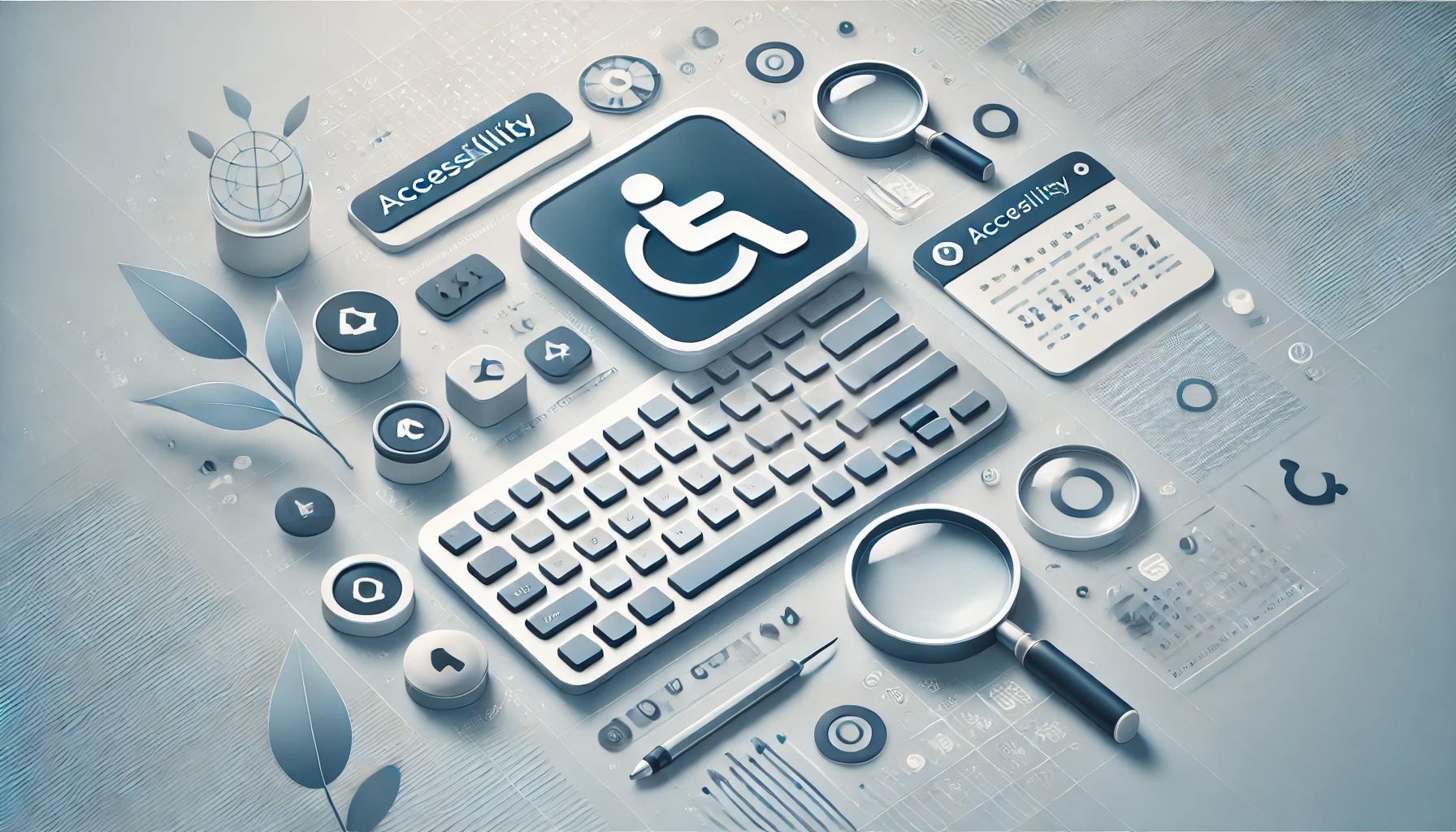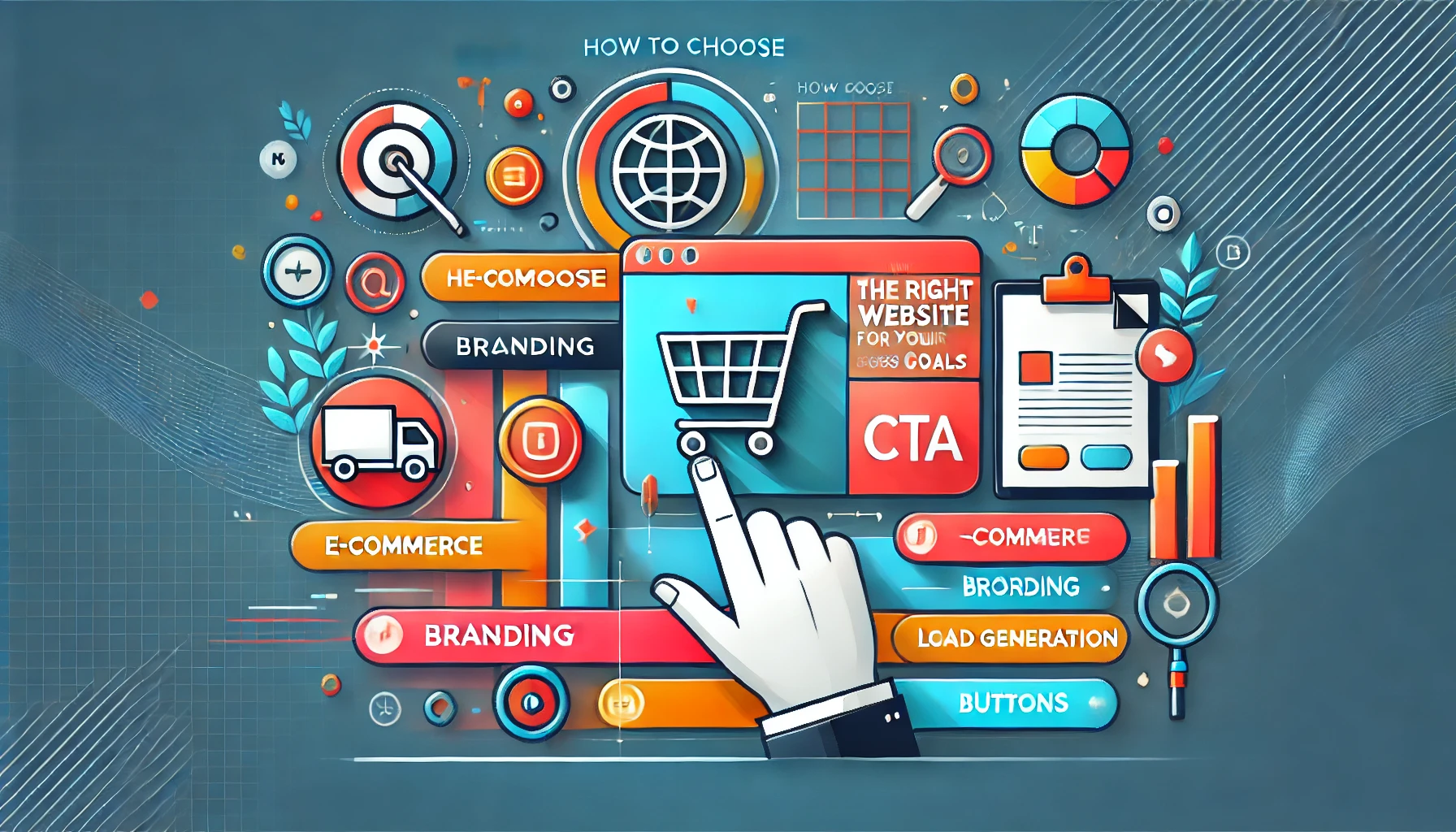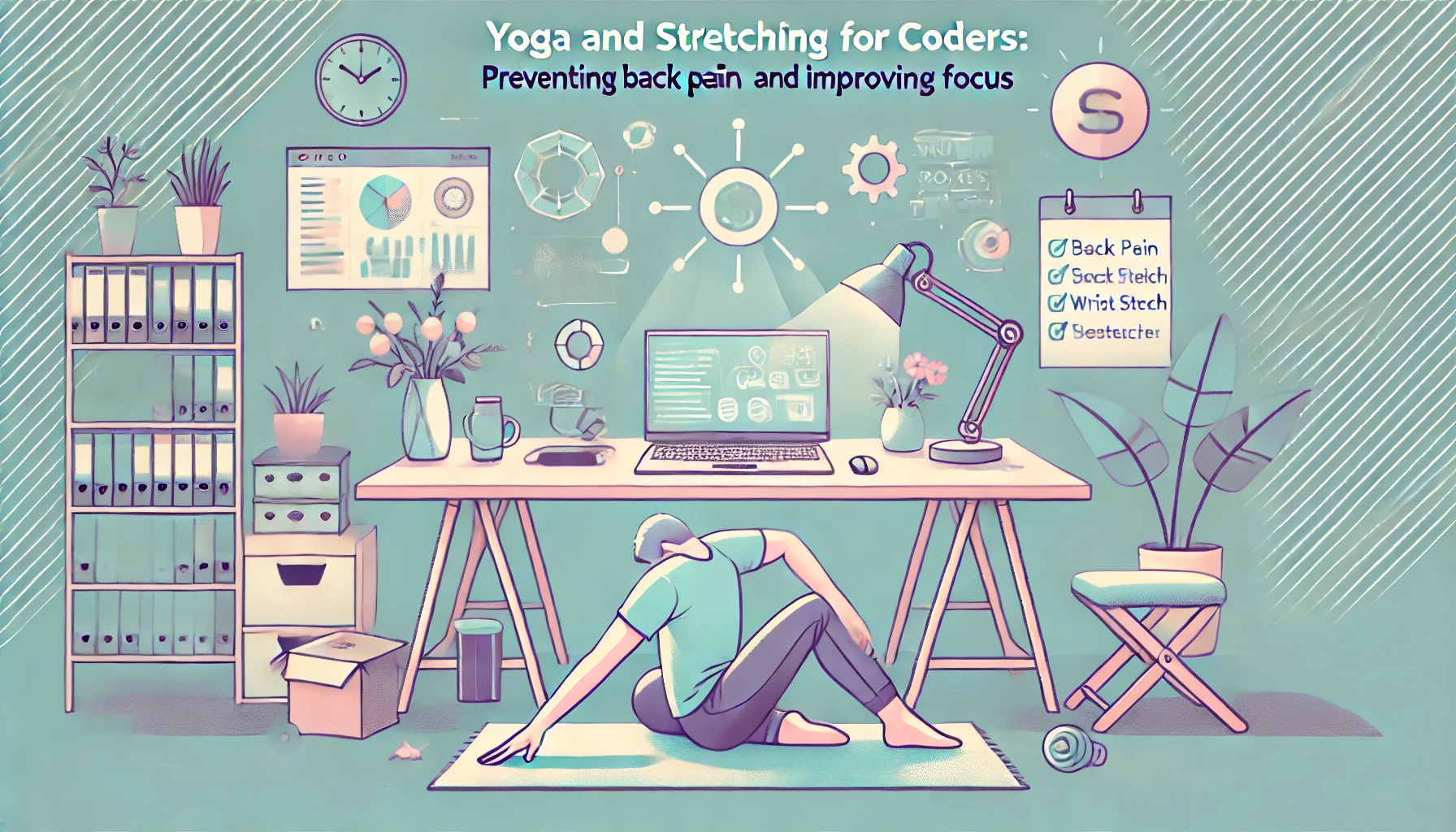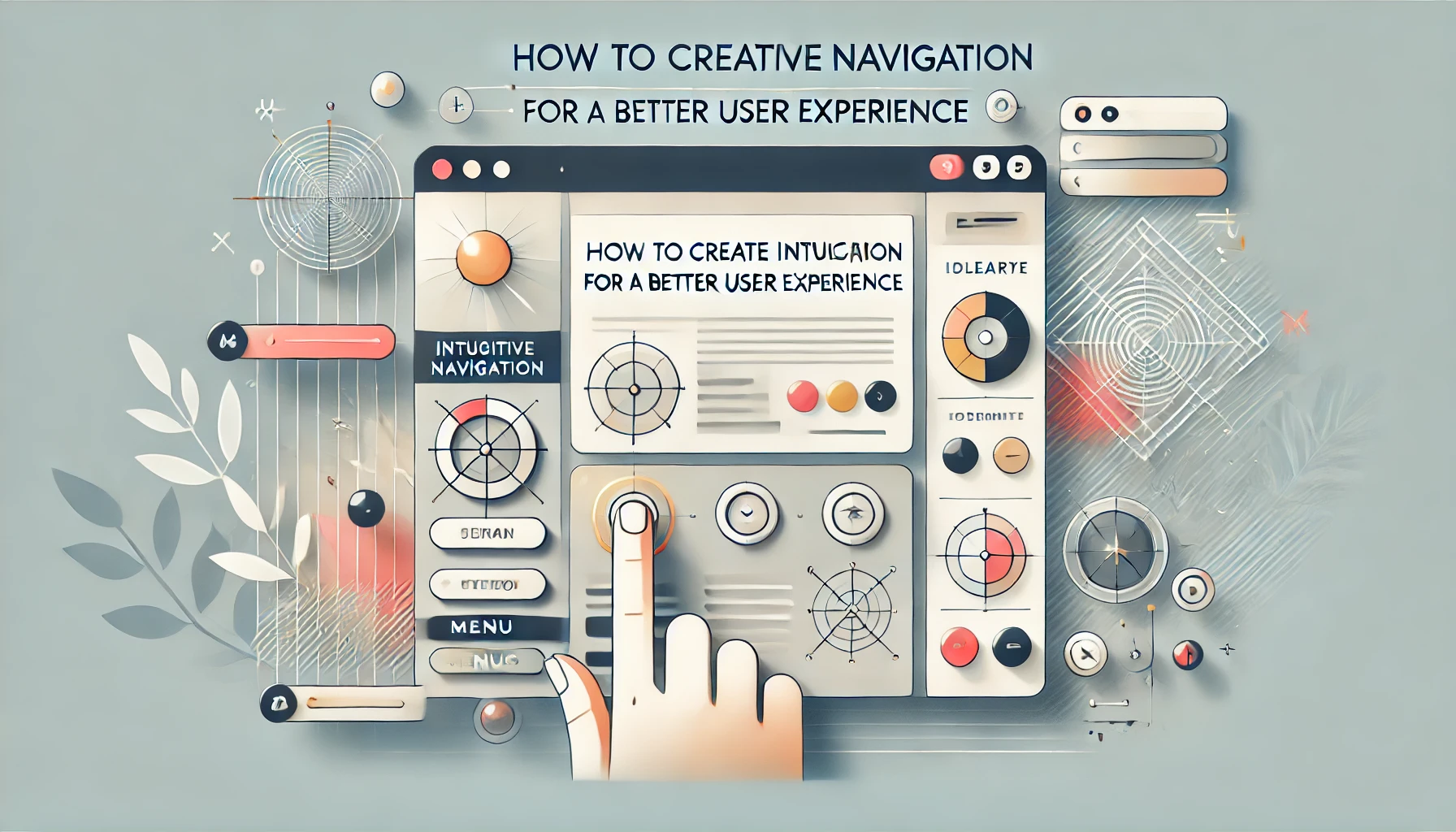
Creating a website that is accessible to everyone, regardless of their physical or cognitive abilities, is not just a good practice — it’s essential. In 2024, accessibility has become a key factor in both user experience (UX) and search engine optimization (SEO). A website that’s designed with accessibility in mind can reach a broader audience, improve engagement, and ensure compliance with web accessibility standards.
In this post, we will explore the importance of website accessibility, the various ways you can improve your site’s accessibility, and practical tips you can implement in 2024.
What is Website Accessibility?
Website accessibility refers to the practice of designing and developing websites so that they are usable by all people, regardless of their abilities or disabilities. This includes making your website easily navigable by users with visual, auditory, physical, or cognitive disabilities. By ensuring accessibility, you not only provide a more inclusive experience but also foster a positive user experience, which can lead to higher engagement and increased trust in your brand.
Why is Website Accessibility Important?
Legal Compliance: Laws like the Americans with Disabilities Act (ADA) in the U.S. require websites to be accessible to users with disabilities. Non-compliance could result in lawsuits or fines.
Improved User Experience: Accessible websites are often easier to navigate and use for everyone, not just those with disabilities. Features like clear navigation, readable fonts, and fast loading times benefit all users.
Better SEO: Search engines like Google prioritize websites that are user-friendly and accessible. By improving accessibility, you are improving your SEO rankings as well.
Wider Audience Reach: By improving accessibility, you cater to a larger audience, including people with disabilities, aging users, and those with temporary impairments.
Key Areas to Focus on for Website Accessibility
Text Alternatives for Images (Alt Text)
- Provide descriptive alt text for all images on your website. Alt text is crucial for screen reader users, as it allows them to understand what the image represents. For example, instead of "image of a red car," use "A red car parked in a driveway with trees in the background."
Keyboard Navigation
- Ensure that all elements of your website are navigable using a keyboard alone. Many users with mobility impairments rely on keyboard shortcuts or specialized devices to navigate. This includes ensuring that all interactive elements like forms, buttons, and links can be accessed with the tab key.
Color Contrast
- Make sure that there is enough contrast between your text and the background. For users with visual impairments, particularly those who are colorblind, poor contrast can make reading difficult. Use tools like the WebAIM contrast checker to test your color combinations.
Readable Fonts and Text Sizes
- Choose legible fonts and allow users to adjust the text size. Avoid overly decorative fonts that might be hard to read. Also, ensure that the font size is large enough for users with low vision, and offer options for text resizing.
Closed Captioning and Transcripts for Multimedia
- Provide closed captions for video content and transcripts for audio content. This is essential for users who are deaf or hard of hearing. Transcripts are also helpful for users who prefer reading over watching or listening.
Use of ARIA (Accessible Rich Internet Applications) Labels
- ARIA labels help screen readers understand dynamic content and interactive elements. Using ARIA landmarks, roles, and states can improve accessibility for users relying on assistive technologies.
Error Identification in Forms
- Ensure that forms on your site clearly identify errors and provide guidance for correction. This is crucial for users with cognitive disabilities, as well as for users with vision impairments who may rely on screen readers.
Accessible Links and Buttons
- Use descriptive link text that indicates where the link will take the user. Avoid using vague terms like “click here.” Instead, try something like “Learn more about our services” or “Download the accessibility guide.” Make sure all buttons and links are focusable and labeled correctly.
Accessible Navigation
- Ensure that your website’s navigation is logical, straightforward, and consistent across all pages. It should be easy for users to find what they’re looking for, especially for users with cognitive disabilities. Offering a clear and structured layout with visible headings helps users quickly locate key sections of the website.
Mobile Accessibility
- Many users access websites via mobile devices. Make sure your website is mobile-friendly and follows accessibility guidelines for touch interactions. Buttons should be large enough to click, and text should resize appropriately for smaller screens.
Tools to Help You Improve Accessibility
WAVE (Web Accessibility Evaluation Tool): This tool helps you identify and fix accessibility issues on your site by analyzing it for compliance with WCAG (Web Content Accessibility Guidelines).
Lighthouse: Built into Chrome Developer Tools, Lighthouse is an automated tool for improving the quality of web pages, including accessibility checks.
axe Accessibility Checker: This browser extension helps developers run quick accessibility audits to identify areas that need improvement.
Screen Readers: Test your website with a screen reader like NVDA or JAWS to understand how visually impaired users interact with your site.
Contrast Checker: Use tools like WebAIM’s contrast checker to ensure that your website’s color combinations meet accessibility guidelines.
Let's Recap on Everything
Improving website accessibility is more than just a legal or ethical obligation. It's a chance to provide a better user experience for all, reach a broader audience, and enhance your website’s SEO performance. By following the tips above and using the right tools, you can create a more inclusive website that allows everyone to interact with your content, regardless of their abilities.
Remember, accessibility isn’t a one-time fix — it’s an ongoing process of improvement and adaptation. In 2024, making your website accessible is not just about ticking boxes; it’s about being proactive and ensuring that all users have an equal opportunity to engage with your content. So, let’s make the web a more accessible place — one website at a time!





